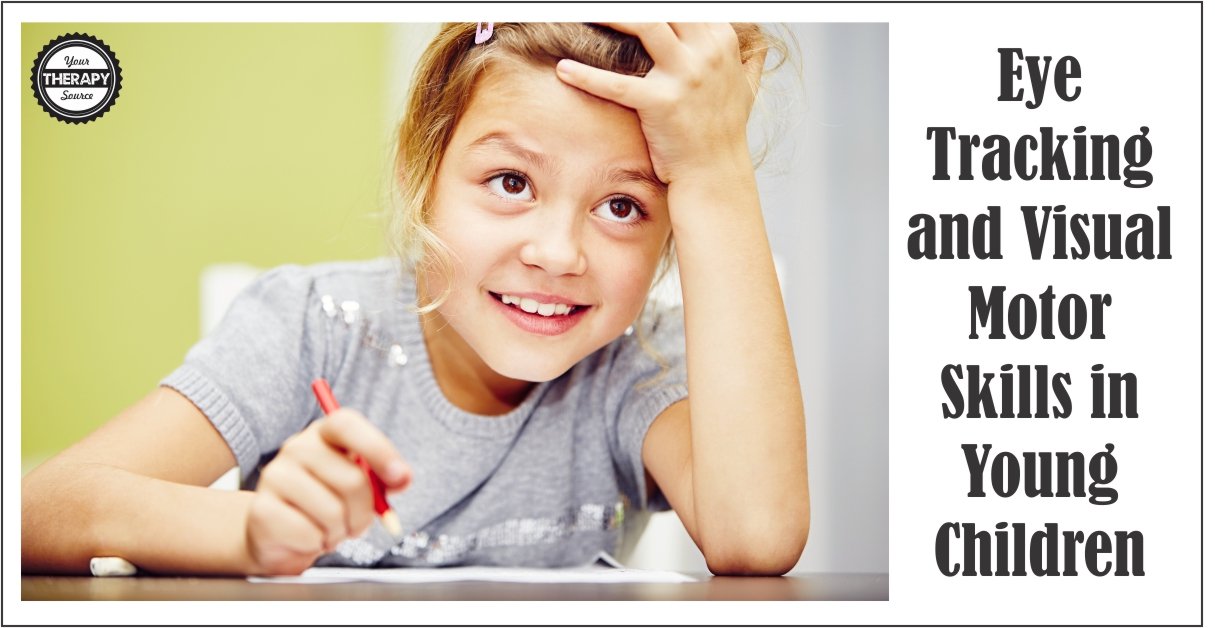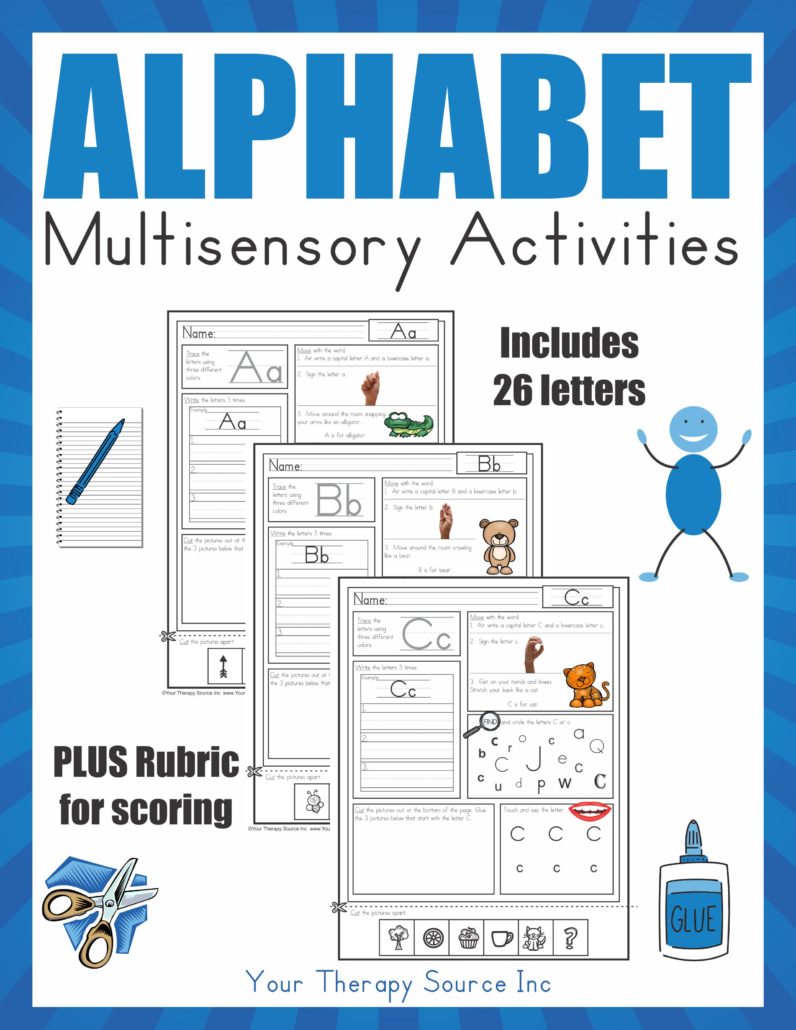Eye Tracking and Visual Motor Skills in Young Children
 Eye Tracking and Visual Motor Skills in Young Children
Eye Tracking and Visual Motor Skills in Young Children
The Journal of Experimental Psychology published research examining eye tracking and visual motor skills in young children. The participants included 40 preschool and early elementary school children. Using head-mounted eye tracking methods visual motor skills were directly measured when the children copied familiar (English letters) and unfamiliar (Cyrillic symbols) forms in real time.
The results of the study on eye tracking and visual motor skills in young children indicated the following:
- younger children needed more time to visually process a letter or symbol and initiate a writing action compared with older children despite children of all ages writing letters in a similar amount of time.
- children copied familiar English letters more efficiently than they copied unfamiliar Cyrillic symbols.
- more time and more visual fixations were observed when copying the Cyrillic symbols compared with the English letters.
- children made more visual fixations to less frequently occurring English letters than to more frequently occurring ones.
The researchers concluded that letter recognition is important in the development of automaticity in early handwriting.
Reference: Fears, N. E., & Lockman, J. J. (2018). How beginning handwriting is influenced by letter knowledge: Visual–motor coordination during children’s form copying. Journal of experimental child psychology, 171, 55-70.
Read more on:
Visual Motor Connections When Tracing, Handwriting, and Typing
Multisensory Alphabet Activities – digital download includes 26 activity pages for each letter of the alphabet plus a bonus rubric to track progress. Research indicates that children need to master four components in order to identify letters: letter recognition – the ability to recognize the shape and size of the letter, letter naming – recognizing that the shape of the letter is associated with a letter name, letter sound knowledge – determining what sound corresponds to the shape or name of the letter and letter writing – the ability to trace or write the letter with a pen in accordance with its shape and direction (Bara & Bonneton-Botte, 2017). Each worksheet addresses each of these components in addition to movement activities. A font similar to the Zaner-Bloser® font is used with dotted lines. FIND OUT MORE.
![]()



